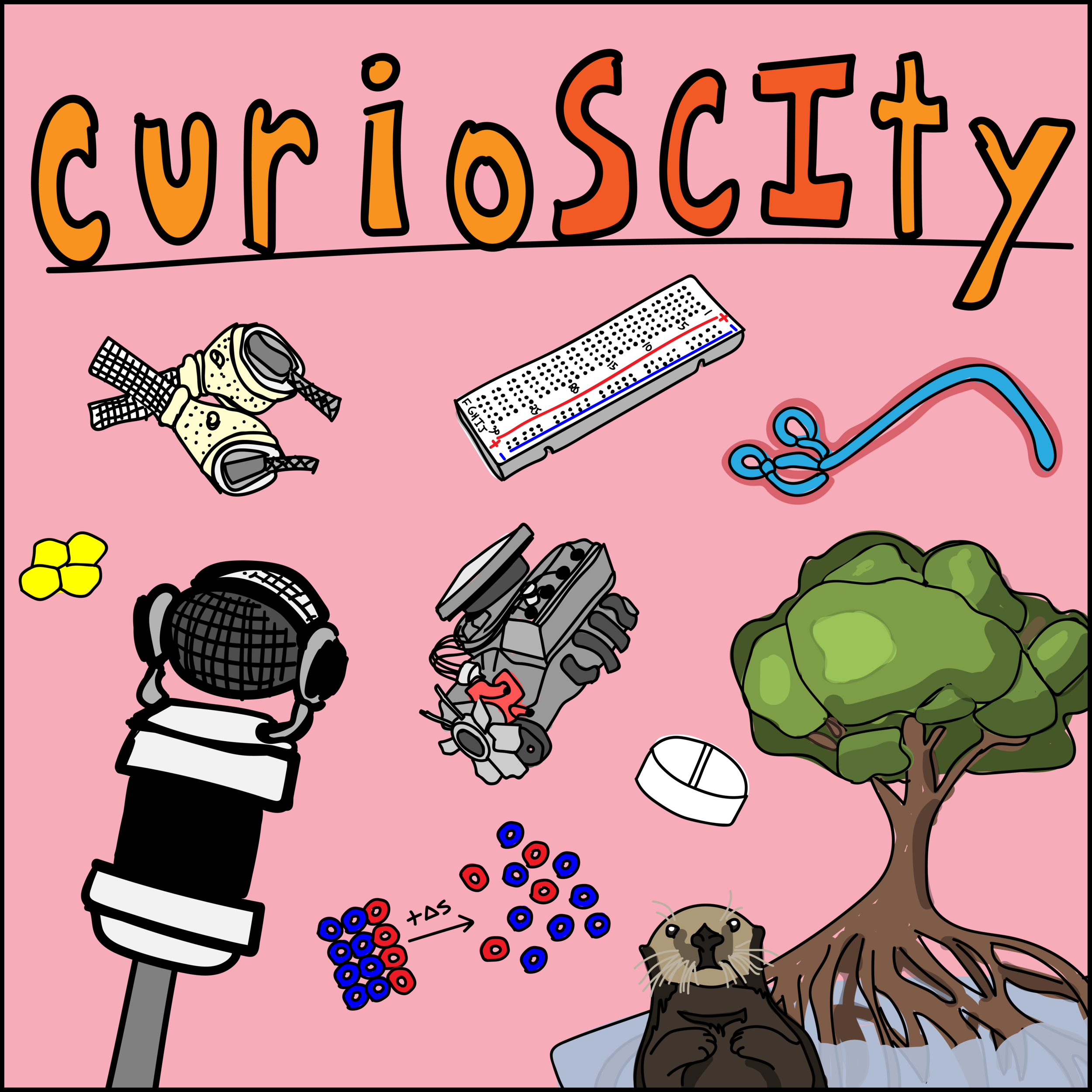106 - Animal Consciousness I (w/ Molly Rathbun!)
106. Animal Consciousness I
Sometimes it’s hard to define philosophical concepts scientifically; often it’s troubling to consider science philosophically. Today we’ll talk about consciousness and how Homo sapien sapiens fit into the kingdom of animalia and beyond. Let’s learn to be scientifically conversational.
General Learning Concepts
How to define consciousness?\
Merriam-Webster: “the quality or state of being aware especially of something within oneself”
Awareness: “the quality or state of being aware : knowledge and understanding that something is happening or exists”\
Sapience: shares a definition with wisdom; that is, to possess or being able to possess wisdom
Why is consciousness so important?
Consciousness vs. behavior
Which animals would you guess have consciousness?
How does one study consciousness scientifically in humans?
Neurons: the fundamental units of the brain and nervous system, the cells responsible for receiving sensory input from the external world, for sending motor commands to our muscles, and for transforming and relaying the electrical signals at every step in between. https://qbi.uq.edu.au/brain/brain-anatomy/what-neuron
85 billion neurons in the human brain
500 million in octopus
70 million in mouse
1 million in honeybee
How does one study consciousness scientifically in animals?
How would a philosopher do this (in a non-scientific way?) https://plato.stanford.edu/entries/consciousness/
Levels vs. Multi-dimensional consciousness profile
May be other dimensions, but these core provide a starting point to evaluate most animals
P-richness
Definition: perception of the environment
Example experiment: Discrimination learning - recognize different levels of stimuli and respond accordingly
Example: Cephalopod (which are blind) chemo-tactile perception
E-richness
Definition: Evaluative (i.e. emotional response: happy, sad)
Example experiment: Cognitive bias - does animal respond differently to stimulus depending on cognitive state
Example: Crow sledding
Unity
Definition: Degree of centralized consciousness
Split-brain syndrome (split corpus callosum)
Left brain control language, so orally describe what is in right field of vision, but will draw with left hand what is in left field of vision
Example experiment: Crossmodal integration - can the animal integrate auditory and visual input?
Example: Right and left brain talk to each other in humans, so we have one; birds have two, octopi could have 8 or 9
Temporality
Time scales <1 second vs. <1 second
Definition: Dimension temporality - i.e. video vs. picture book perception
Example experiment: Episodic-like memory - remembering the what, where, and when of specific past events? (different than reinforcement learning, like lay your eggs here for success for survival)
Example: Cuttlefish pass “The Marshmallow Test” (1972 Stanford psychologist Walter Mischel) - eat less crab now knowing the can have shrimp later
Selfhood
Definition: Awareness of self distinctly from rest of world; leveling up -- awareness of self as persisting object in environment, levelling up up -- self as persisting object of own experiences (mindreading
Example experiment: Mirror mark test, Experience projection (predicting how others will be have in future similar scenarios as those experienced in past)
Example: Chimps, Asian elephants, Magpies, Bottle-nosed dolphins
https://www.cell.com/trends/cognitive-sciences/fulltext/S1364-6613(20)30192-3
Ross Andersen article: https://www.theatlantic.com/magazine/archive/2019/03/what-the-crow-knows/580726/
Evolution of consciousness article: https://www.theatlantic.com/science/archive/2016/06/how-consciousness-evolved/485558/
Chimpanzee tool use: https://advances.sciencemag.org/content/3/4/e1602750
Cuttlefish marshmallow test: https://royalsocietypublishing.org/doi/10.1098/rsbl.2019.0743


